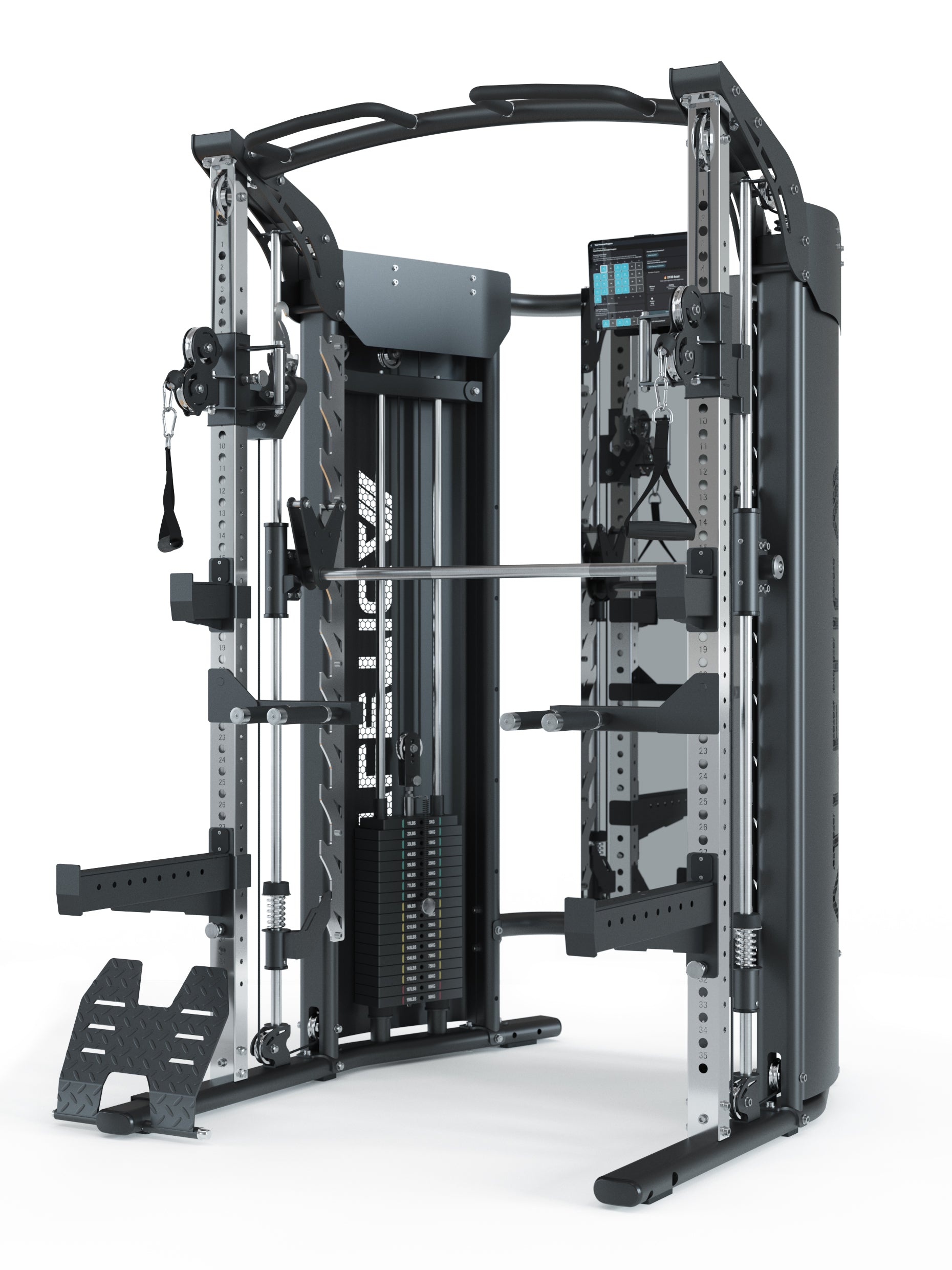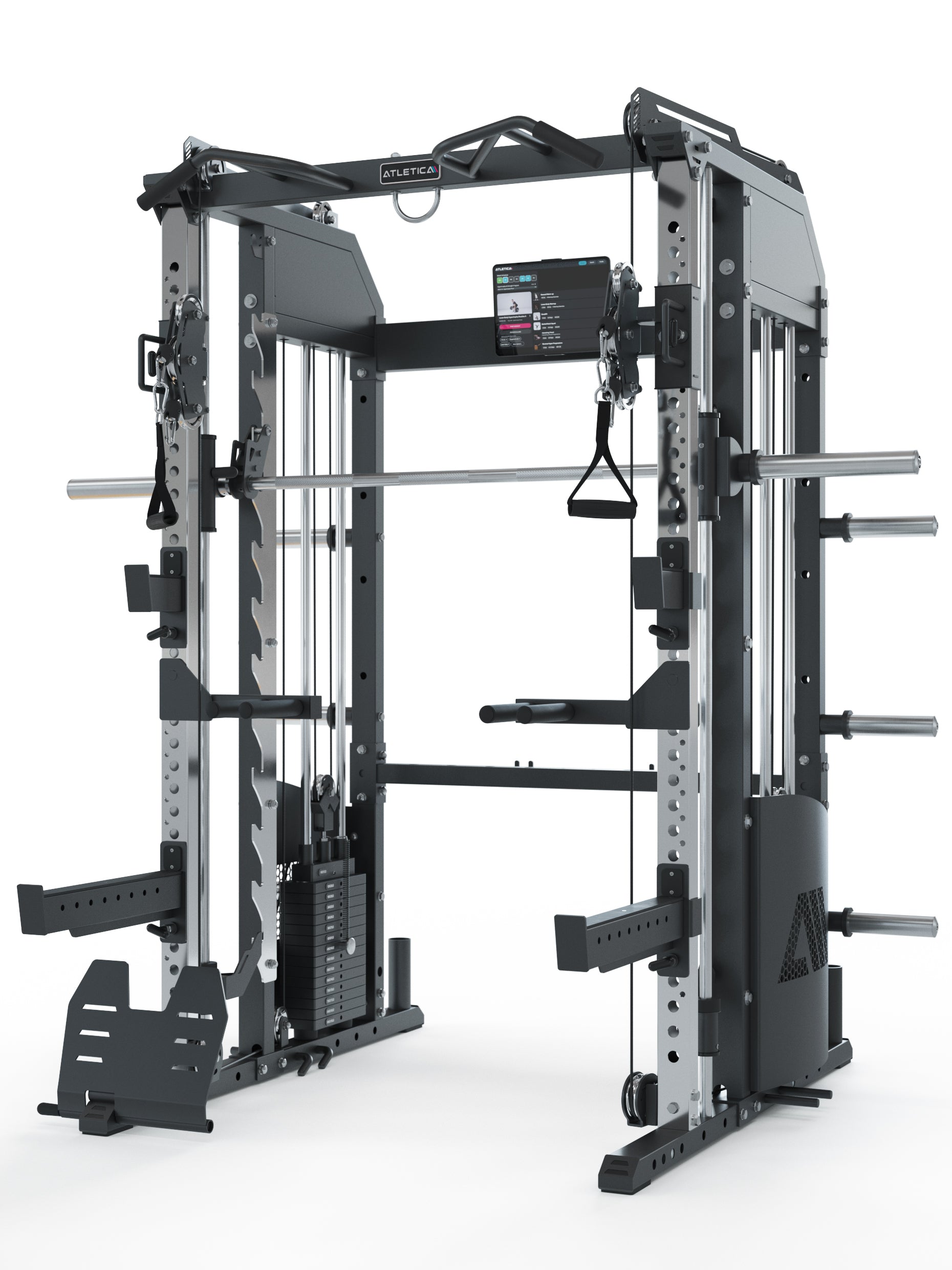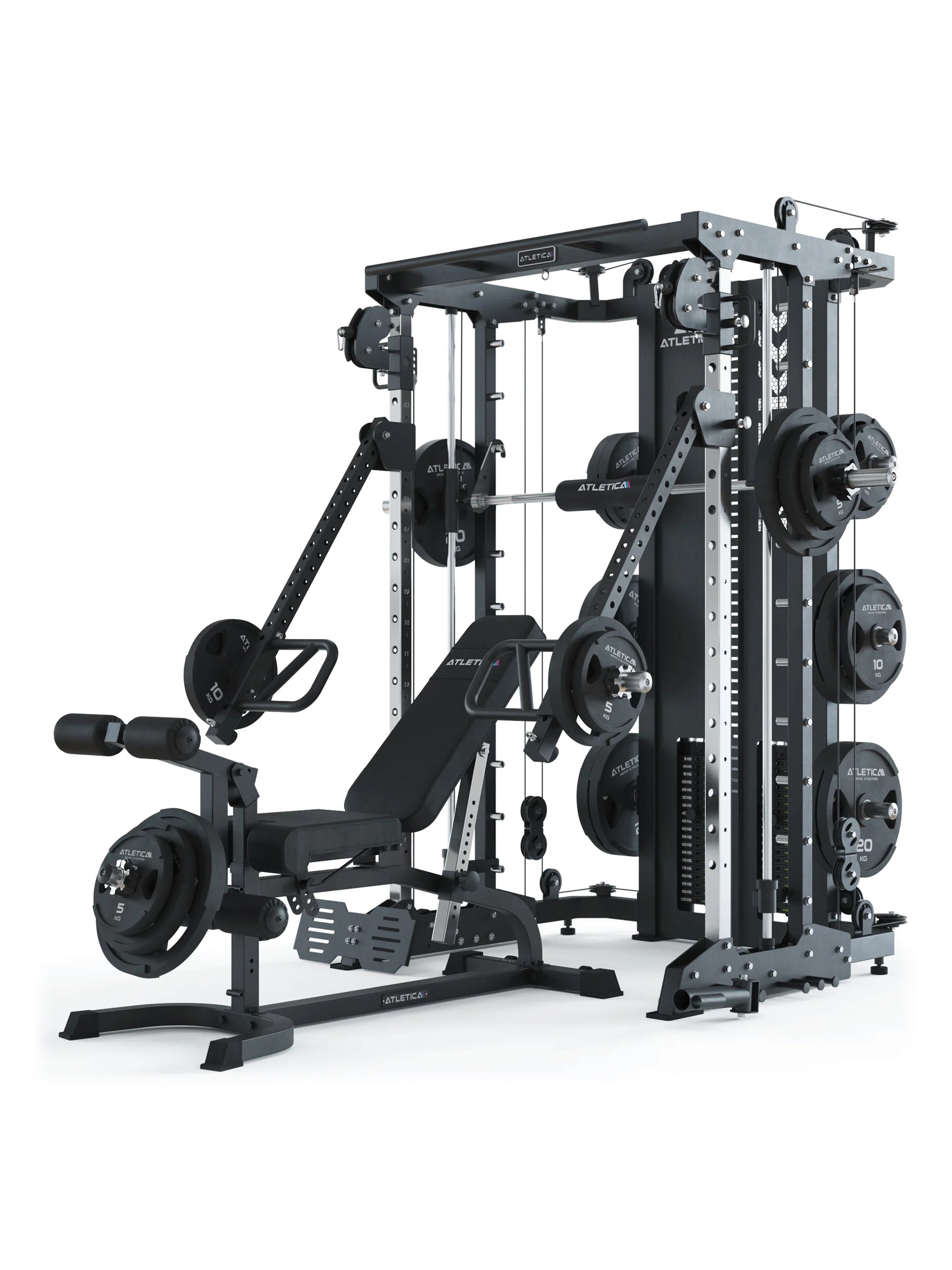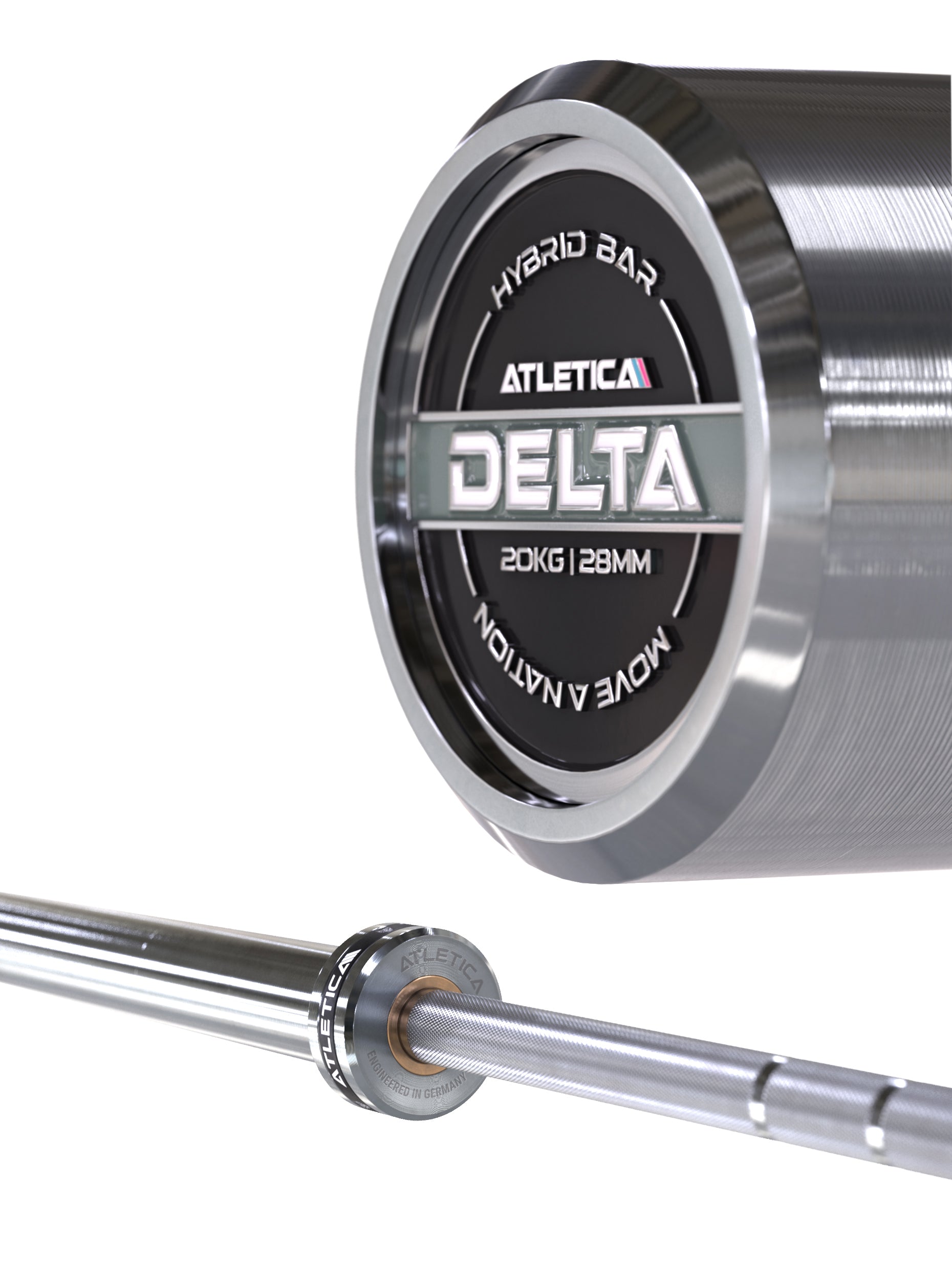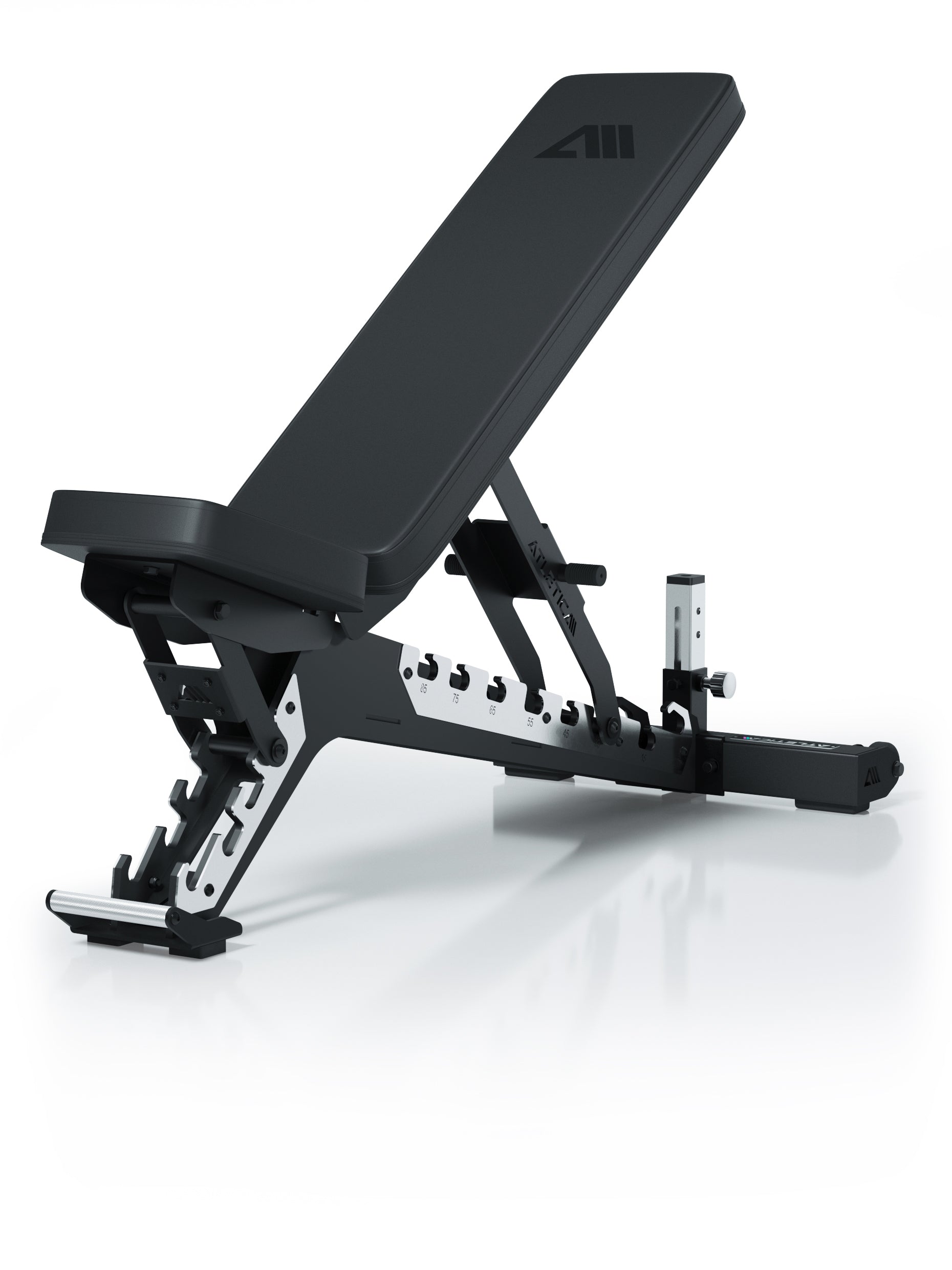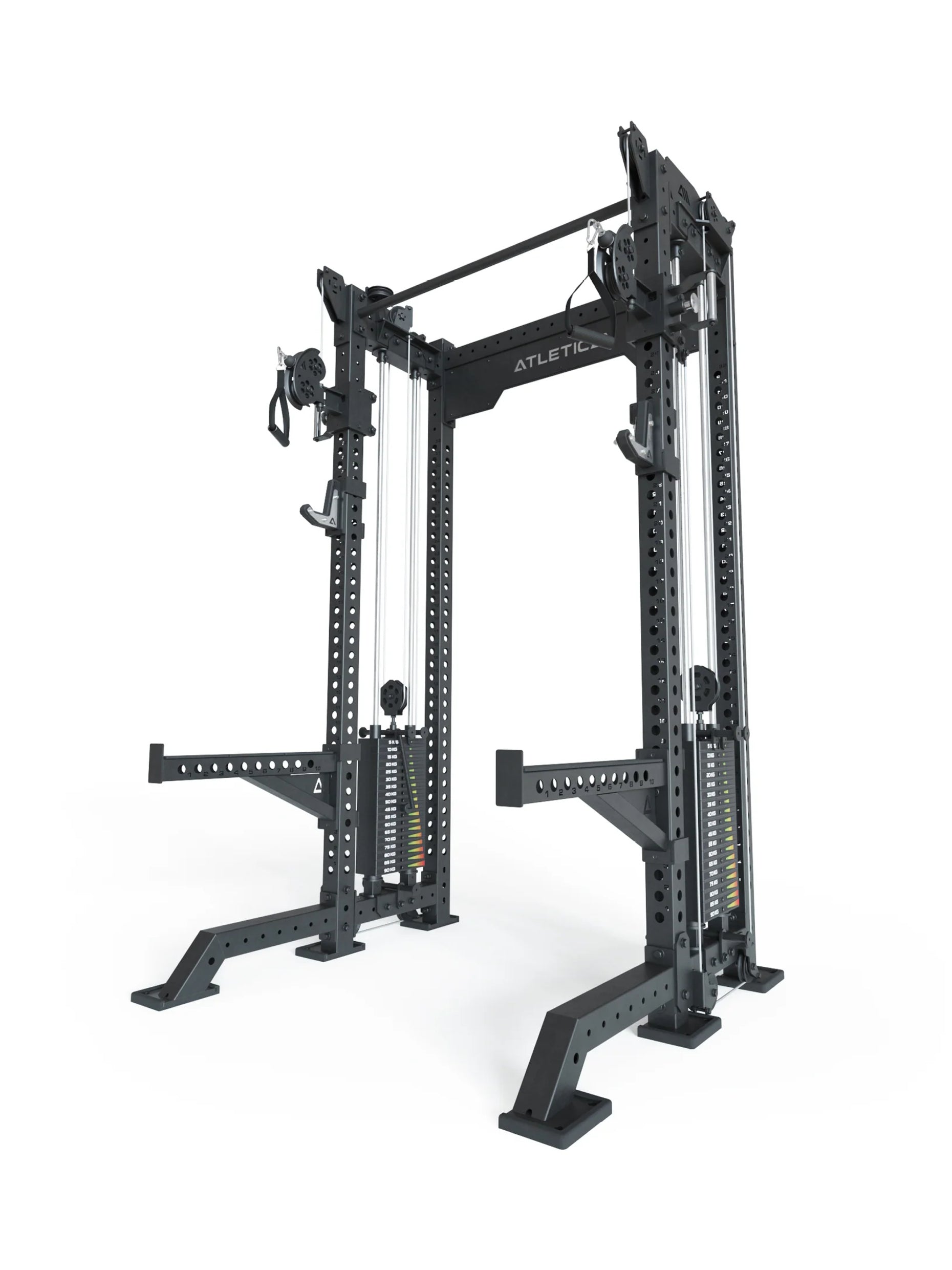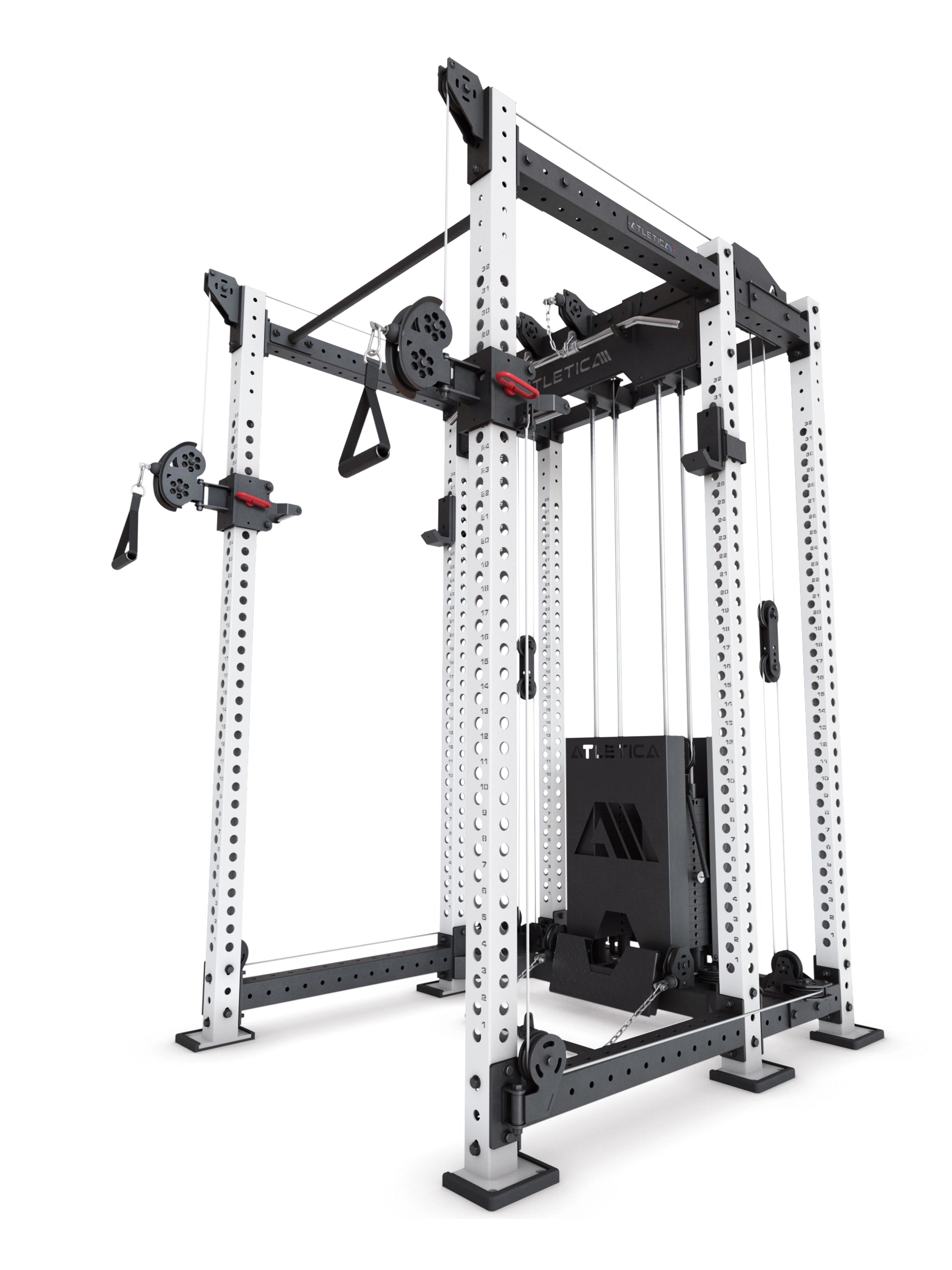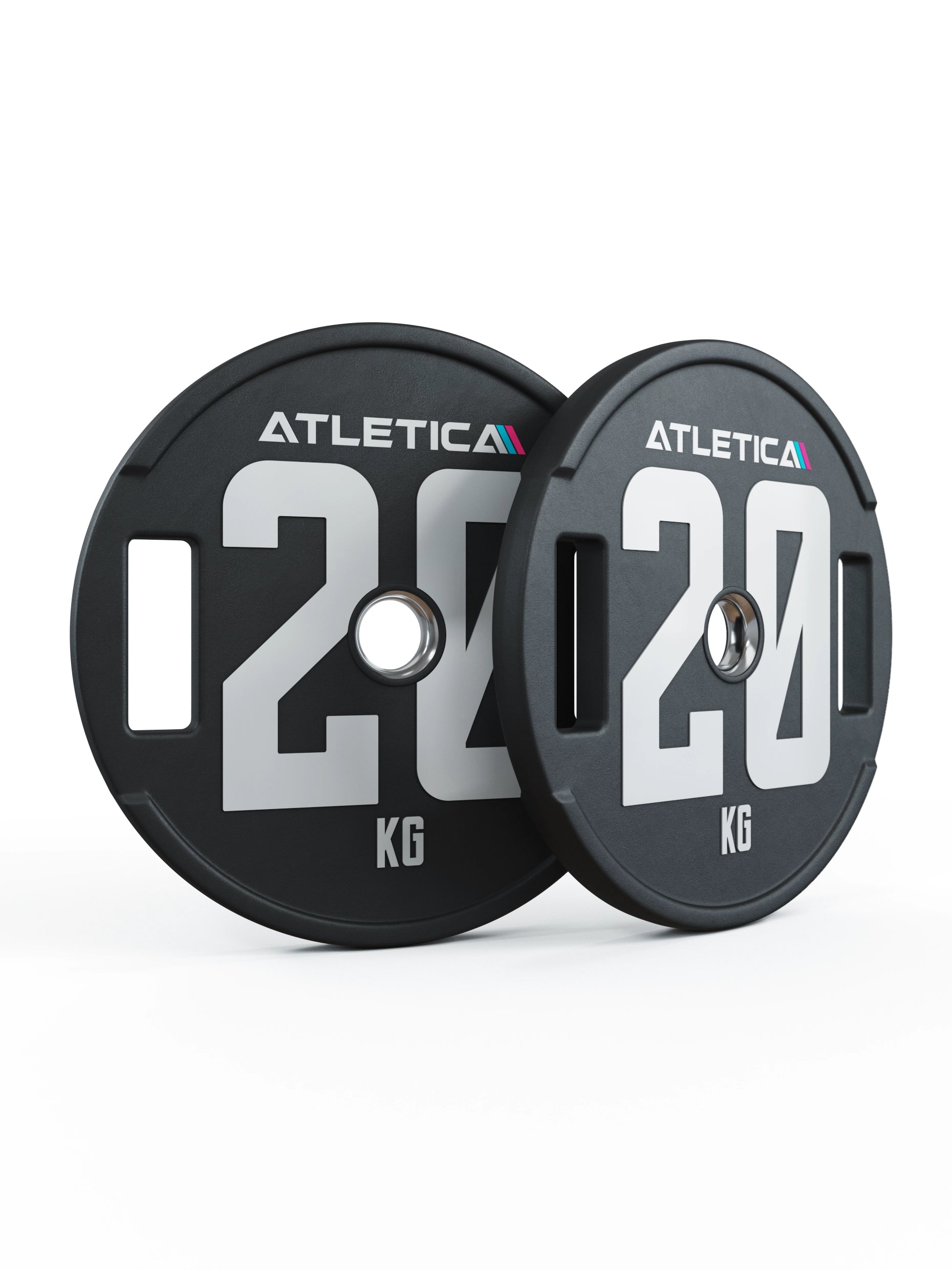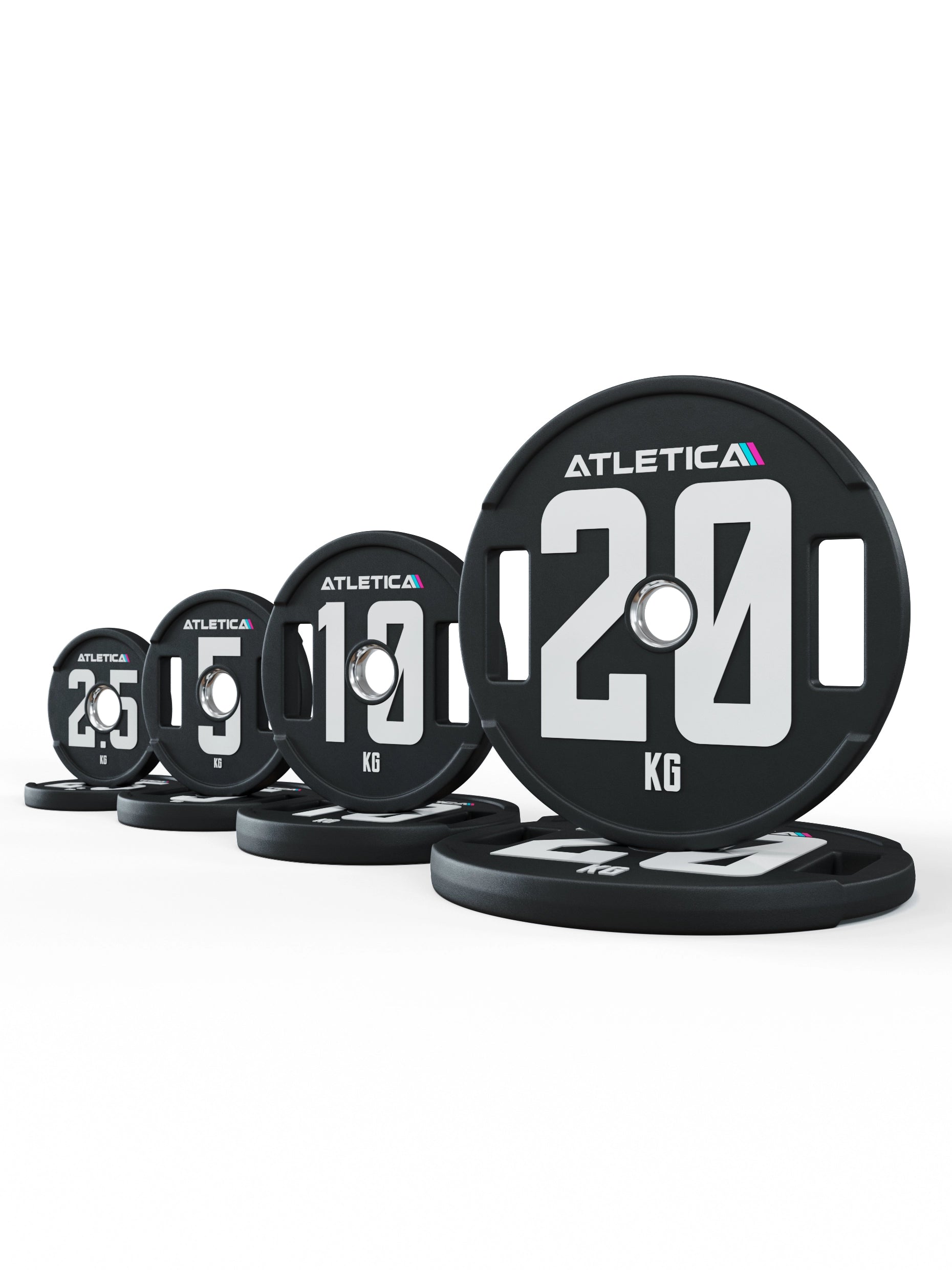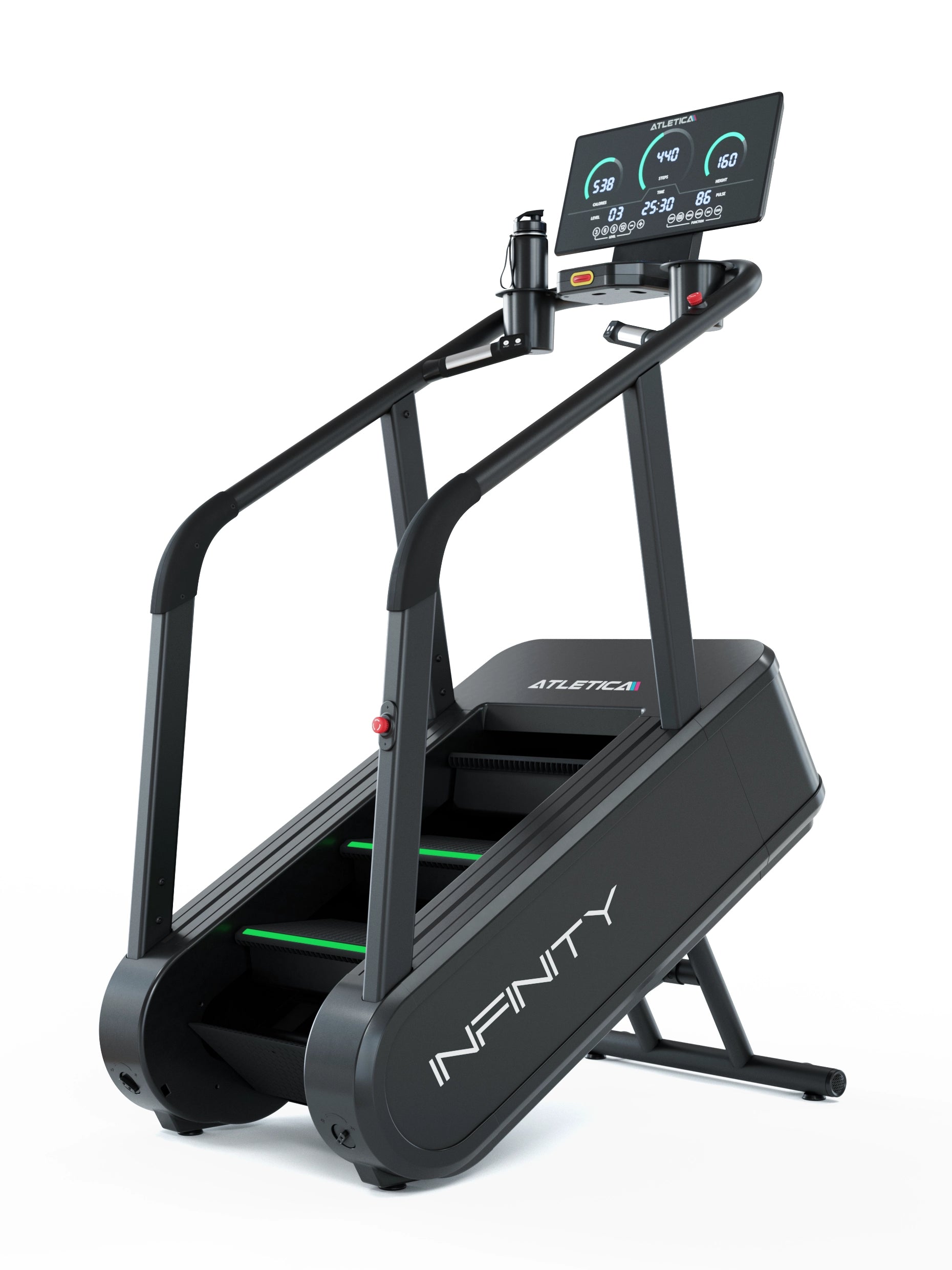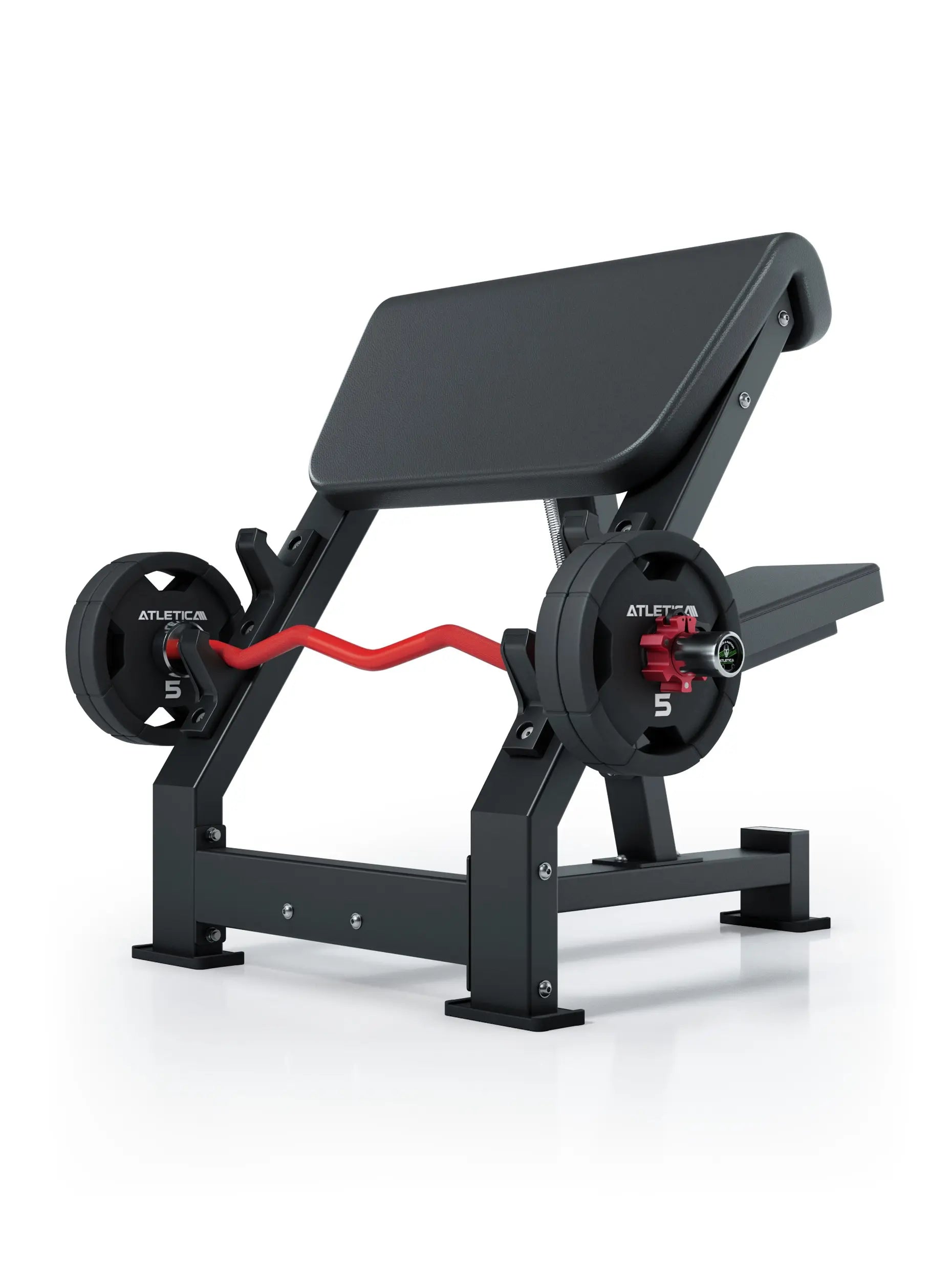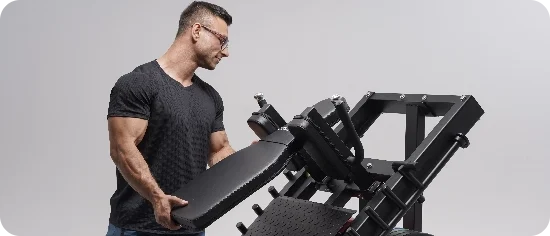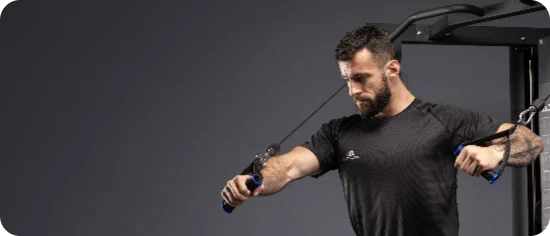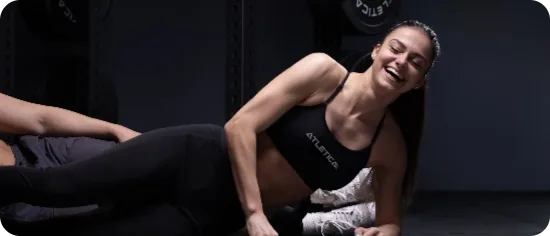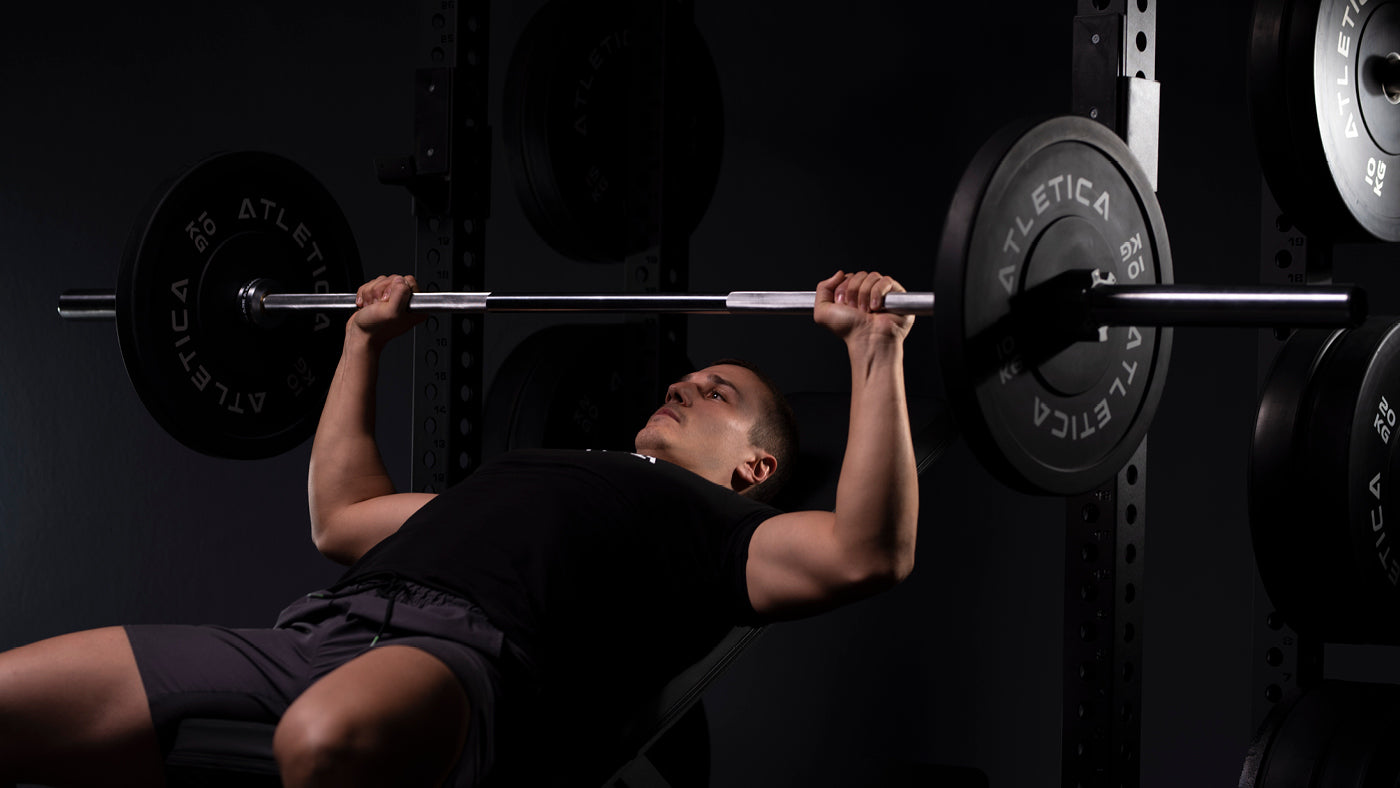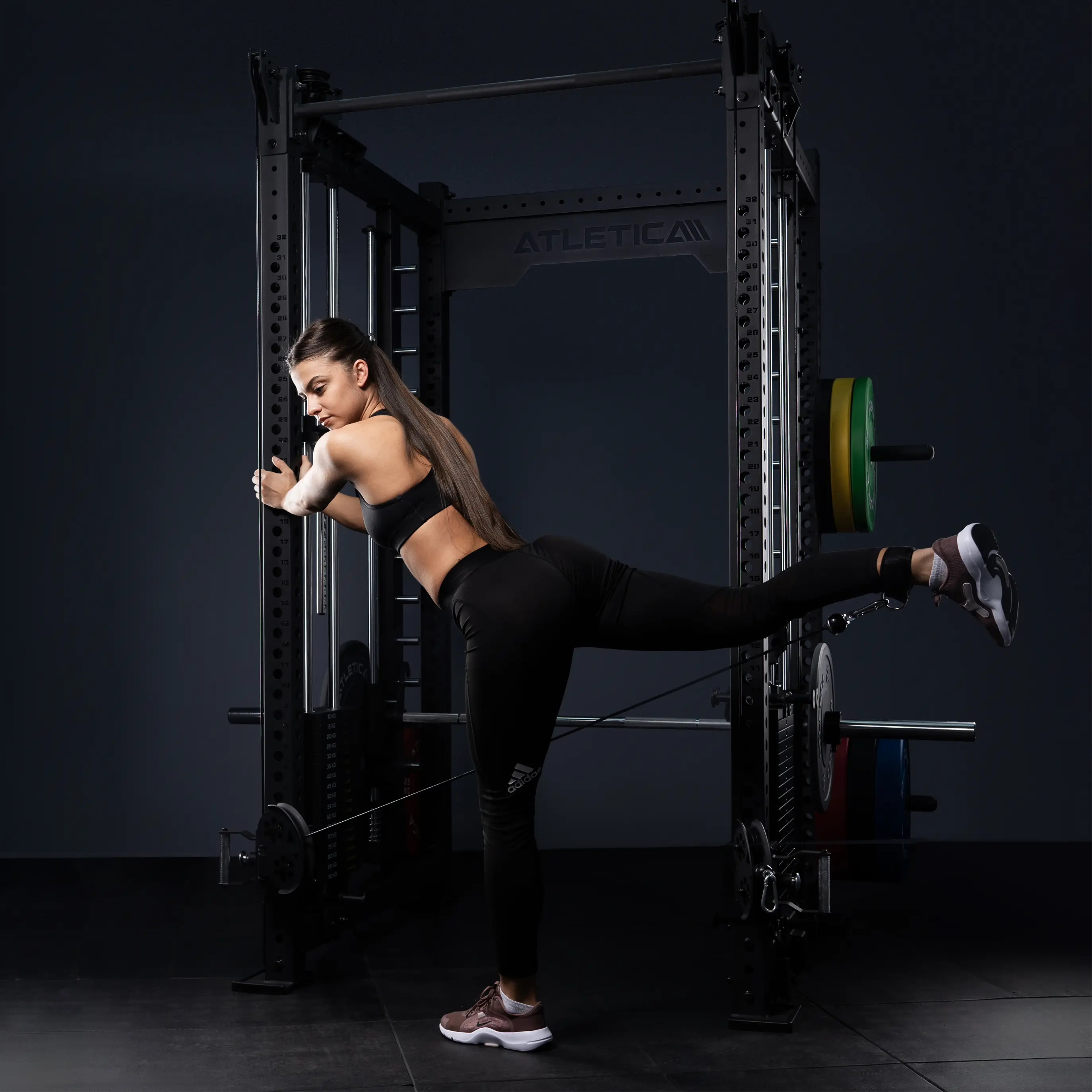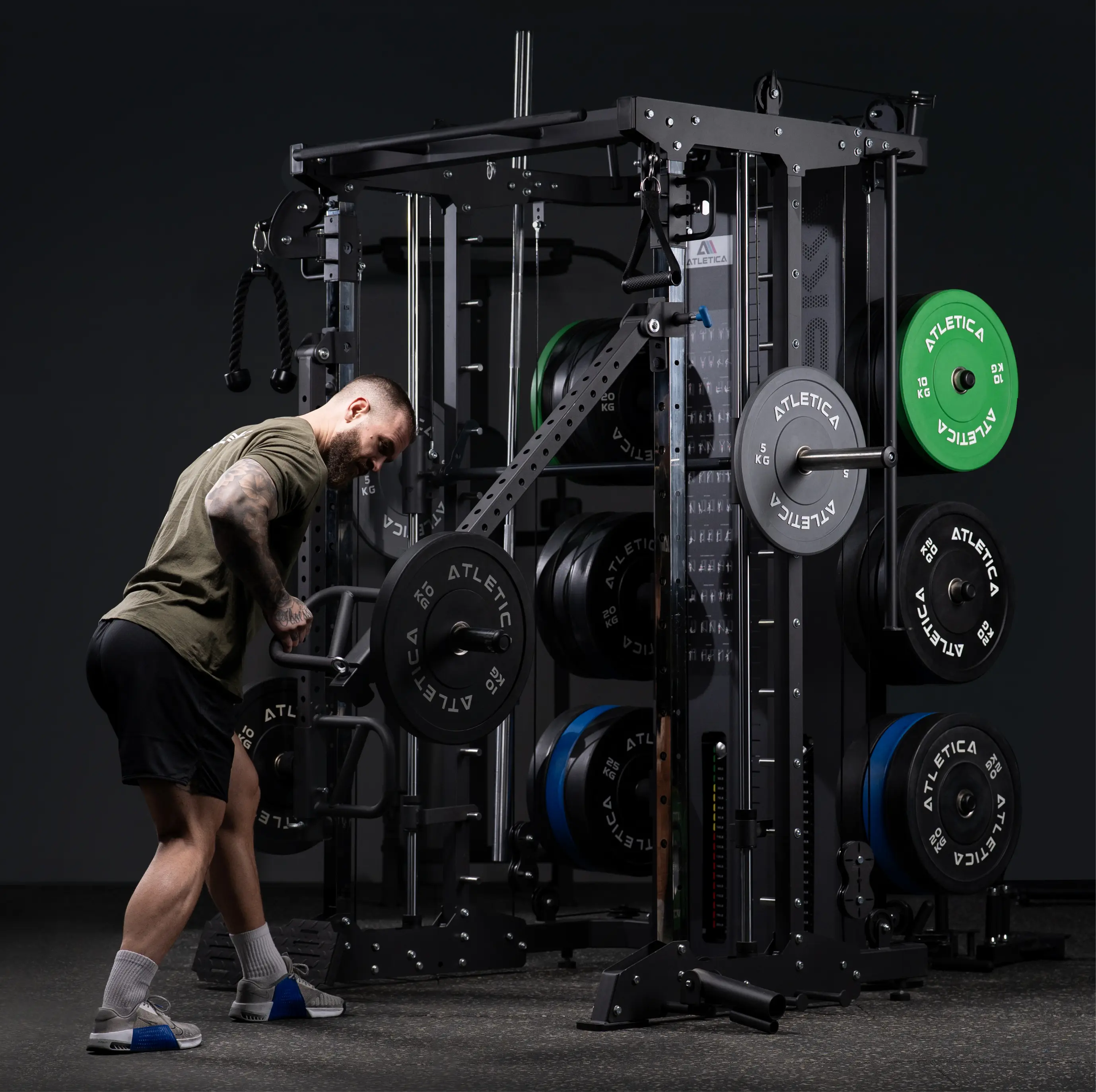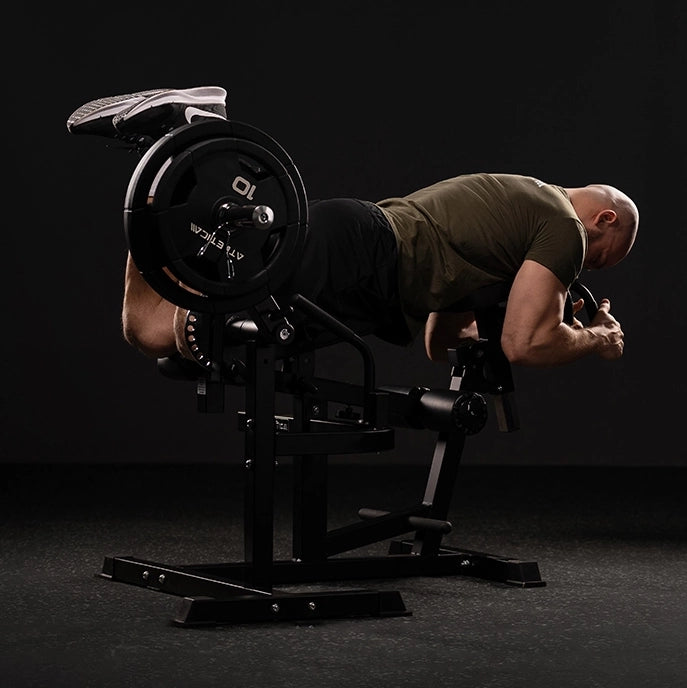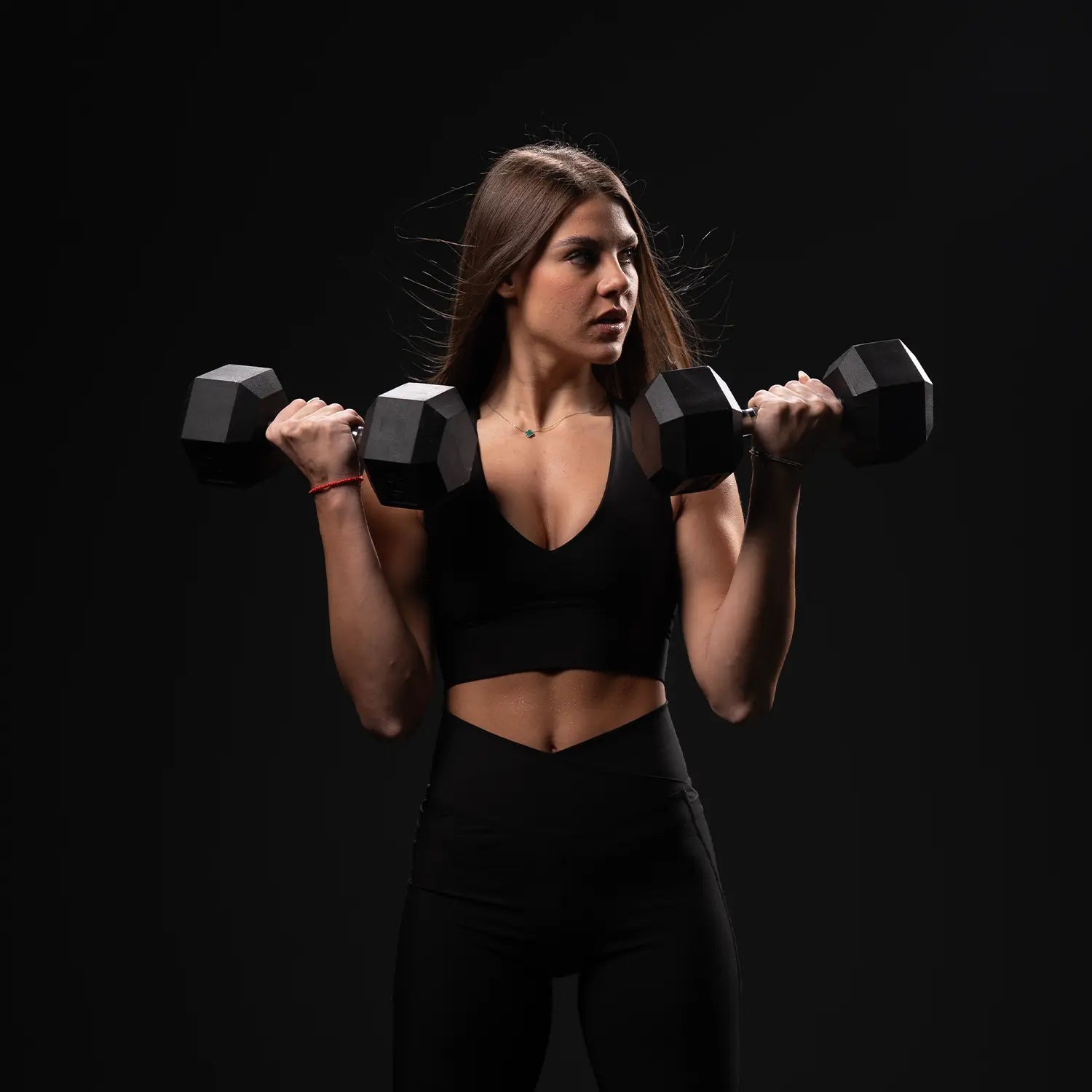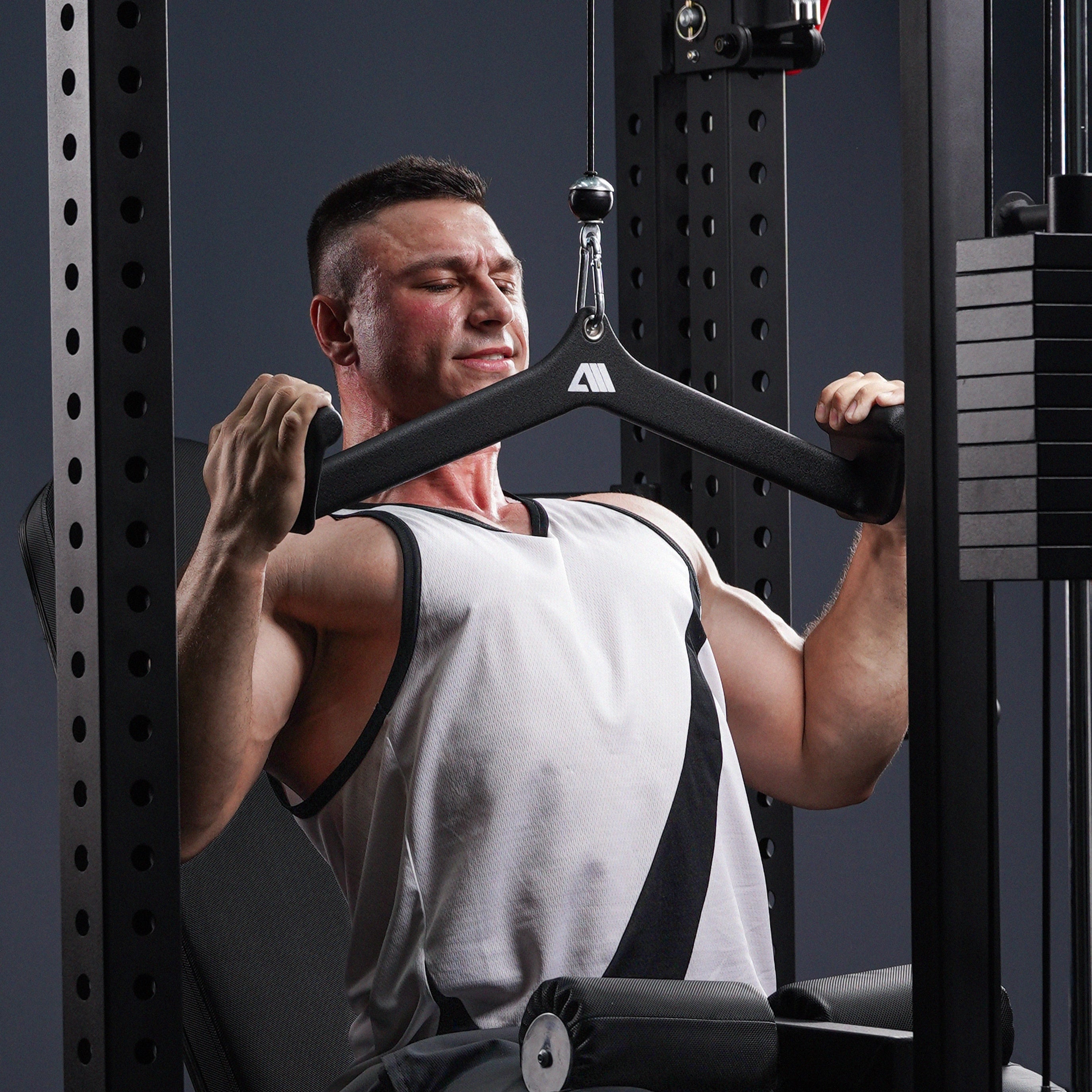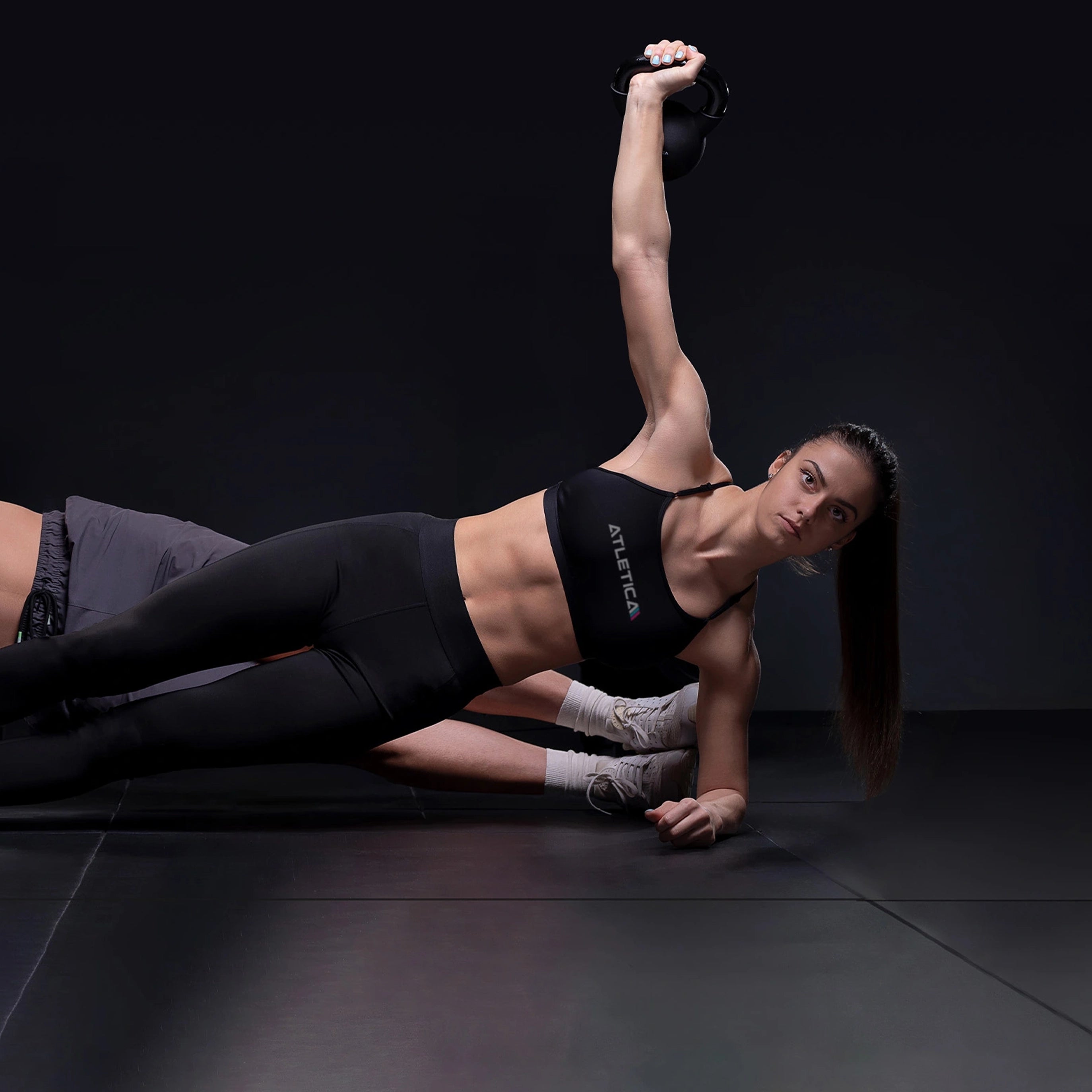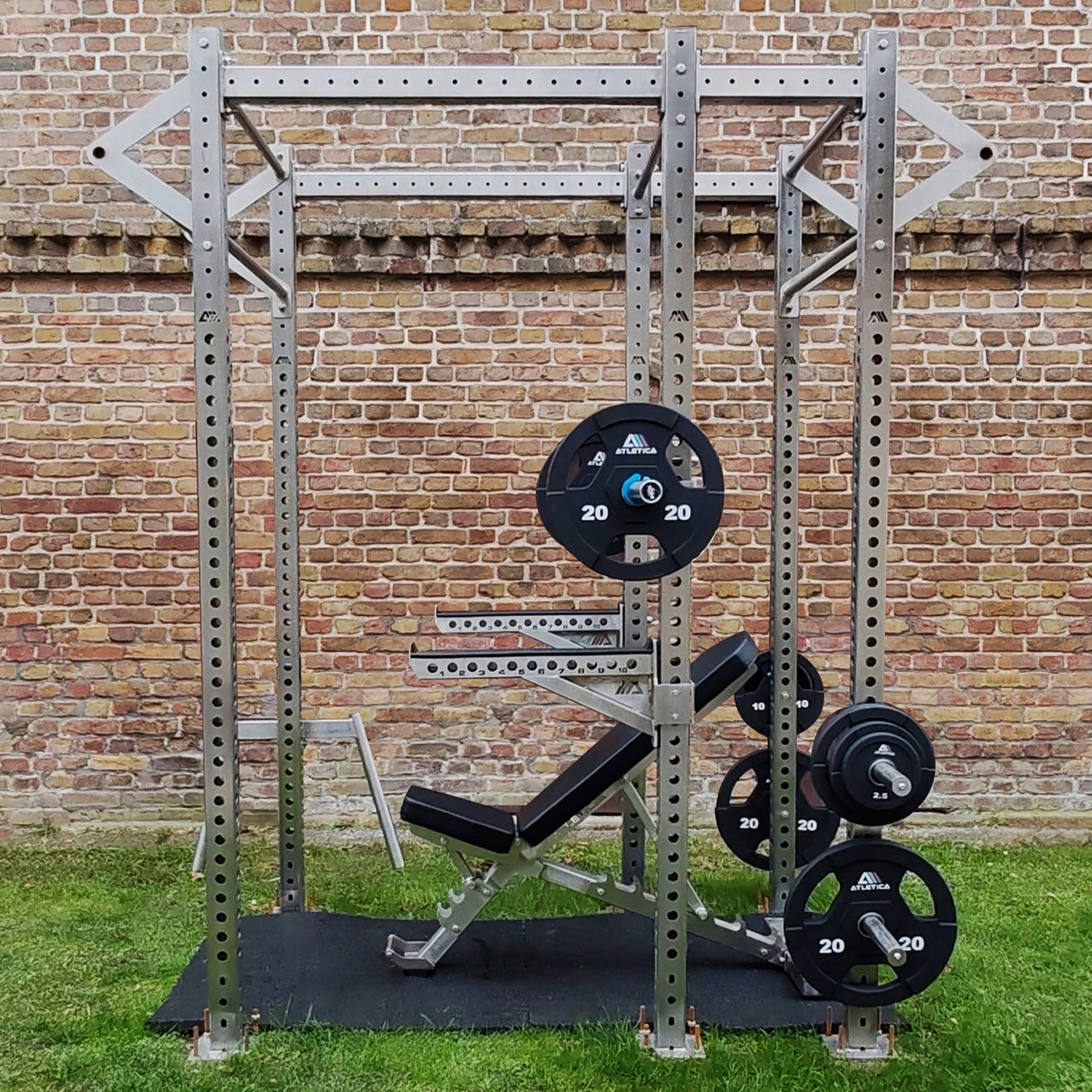Strong core training is the foundation for a stable core, good posture, and improved athletic performance. The core muscles include the abdominal, back, and pelvic floor muscles and play a central role in power transmission and stability of the entire body.
A targeted 30-minute core workout not only helps strengthen the muscles in the midsection, but also improves balance, protects against injury, and supports proper posture. In this article, we present an effective 30-minute core workout that you can do at home or in a gym without any complicated equipment.

1. Why core training is so important
The core muscles form the foundation for all body movements. A strong core not only improves overall body control but also reduces the risk of injury and enhances performance in other sports.
Benefits of regular core training:
- Strengthening the entire core muscles
- Improve balance and coordination
- Support of the spine and prevention of back pain
- Greater stability during sporting movements and in everyday life
- Promotes power transmission during complex movements (e.g. running or strength training)
A strong core improves posture, increases strength and ensures that the body remains stable even during intense movements.
2. Structure of the core workout
The 30-minute core workout consists of a short warm-up, three intense circuits of functional exercises, and a final cool-down. Each exercise is performed for 45 seconds, followed by a 15-second rest. After each circuit, there is a 60-second rest.
Workout sequence:
- Warm-up : 5 minutes
- 3 circuits with 5 exercises each
- Cool down: 5 minutes
3. Warm-up (5 minutes)
An effective warm-up activates the core muscles and prepares the body for exercise. The following exercises mobilize the core muscles and promote blood circulation.
- Cat-Cow Stretch – 1 minute
- In the quadruped position, make the spine alternately round and hollow.
- Promotes mobility of the spine.
- Knee lift run – 1 minute
- Quickly alternate between pulling your knees towards your chest.
- Activates the hip flexor muscles and increases the heart rate.
- Arm and leg raises in quadruped position – 1 minute
- Stretch out and hold your right arm and left leg at the same time.
- Promotes stability and balance.
- Lateral lunge with upper body rotation – 1 minute
- Alternately step to the side and rotate your upper body.
- Activates the core and hip muscles.
- Plank with leg raises – 1 minute
- Lift one leg in the forearm plank and hold it.
- Activates the entire core muscles.

Goal : Activate the muscles and bring the heart rate to a medium level.
4. Main part – 3 circuits with 5 exercises each
Each circuit focuses on different areas of the core muscles: front abdominal muscles, side trunk muscles and lower back.
Circuit 1 – Front Core
- Crunches
- Lie on your back, bend your legs and lift your upper body slightly.
- Keep your hands behind your head and tighten your abdominal muscles.
- Leg raises
- Lie on your back, raise your legs straight and slowly lower them.
- The lumbar spine remains on the ground during the movement.
- Weighted sit-ups
- Using a dumbbell or kettlebell, straighten your upper body in a controlled manner.
- Feet stay firmly on the ground.
- Plank to Elbow Touch
- In the forearm plank position, alternately bring your knees to the opposite elbow.
- Maintain tension throughout the core.
- Flutter Kicks
- Lift your legs straight and move them up and down in a quick motion.
- The lower back remains on the floor.
Goal : Strengthening the rectus abdominis muscles and improving stability.

Circuit 2 – Lateral Core Muscles
- Russian Twists
- While sitting, lift your legs slightly and turn your upper body from side to side.
- Maintain tension in the torso.
- Side Planks
- Side forearm plank with straight legs.
- The hip remains straight and stable.
- Side Crunches
- Lying on your side, lift your upper body and legs at the same time.
- Strengthens the side abdominal muscles.
- Bicycle Crunches
- Lying on your back, alternately pull your knees towards the opposite elbow.
- Controlled movements from the core muscles.
- Oblique Twists with Weight
- Swing a kettlebell from side to side while standing or sitting.
- Activates the oblique abdominal muscles.
Goal : Strengthening the lateral abdominal muscles and improving rotational strength.
Circuit 3 – Back and lower core
- Superman Hold
- Lying on your stomach, raise and hold your arms and legs at the same time.
- Strengthens the lower back muscles.
- Bridge Hold
- Lie on your back, feet up, push hips up and hold.
- Strengthens the lower back muscles and gluteal muscles.
- Bird Dog
- Stretch out your arm and leg alternately in the quadruped position.
- Promotes balance and core stability.
- Reverse Plank
- Place your hands and feet on the floor, raise your hips and hold the position.
- Strengthens the back muscles and the back leg muscles.
- Superman Pulses
- Lying on your stomach, lift your arms and legs slightly and make small pulse movements.
- Promotes strength endurance in the lower back.
Goal : Strengthening the back and pelvic floor muscles.
5. Cool-down (5 minutes)
After an intensive core workout, a good cool-down is important to relax the muscles and promote regeneration.
- Cat-Cow Stretch – 1 minute
- Child's Pose – 1 minute
- Lateral trunk stretch – 1 minute per side
- Chest and shoulder mobilization – 1 minute
- Hamstring Stretch – 1 minute per leg
Goal : Stretch muscles and normalize heart rate.

Conclusion on 30-minute core training
This 30-minute core workout specifically strengthens the core muscles and improves stability and coordination. The combination of crunches, planks, and rotational exercises ensures a strong core and improves performance in other sports. Regular core training supports better posture, reduces back pain, and increases overall mobility.
Start your 30-minute core workout now and experience the positive effects on your stability and strength!





